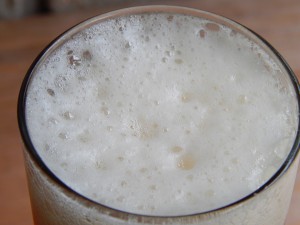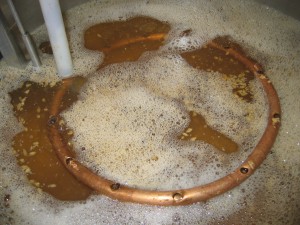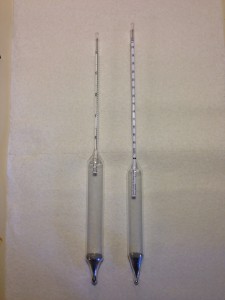Mike Tonsmeire, The Mad Fermentationist, is collaborating with the Gordon Biersch Rockville, Maryland, location to produce a blended, barrel-aged Flemish Red, and we got the chance to get a preview sampling.
One of the best parts of being the producer of Basic Brewing Radio is attending the National Homebrew Conference (Homebrew Con) every year. We typically arrive a day early to take in some of the local beer culture wherever the conference takes us. This year, the get-together landed in Baltimore, and we were thrilled to have Mike show us around his neck of the woods, as he lives in the D.C. area.
Our first stop was a visit to the Gordon Biersch Rockville restaurant and its head brewer, Christian Layke. Christian is a former homebrewer and has been with Gordon Biersch for around eight years. He left a job with a non-profit environmental think tank to work with stainless steel tanks instead. [Read more…]









Recent Comments